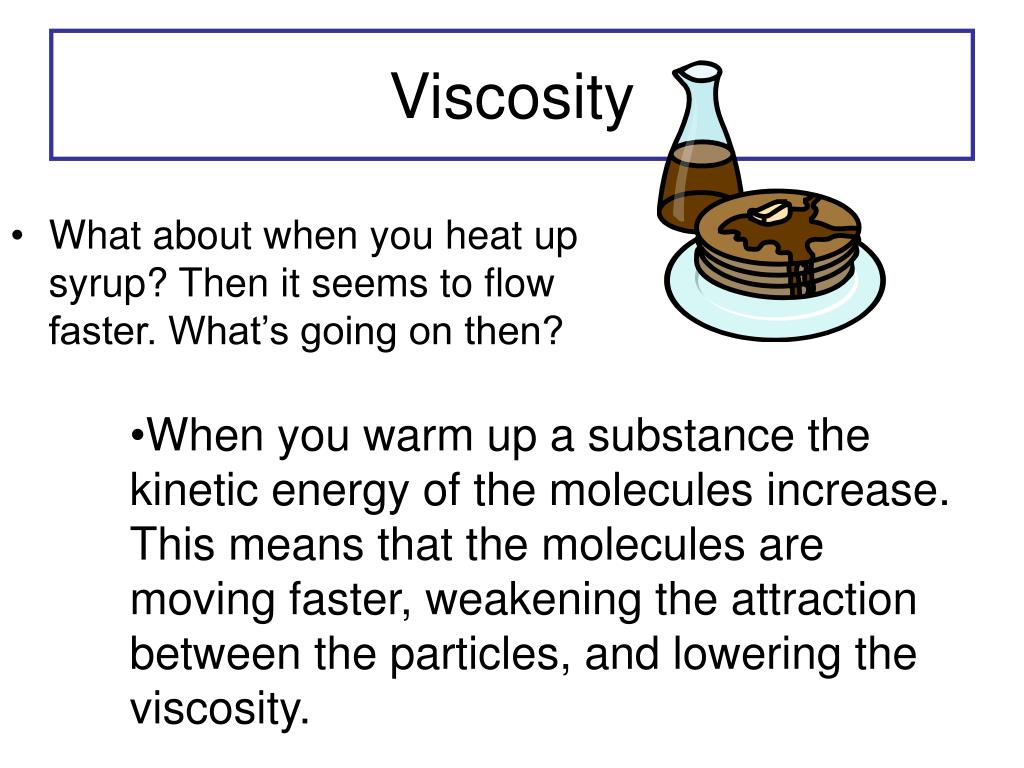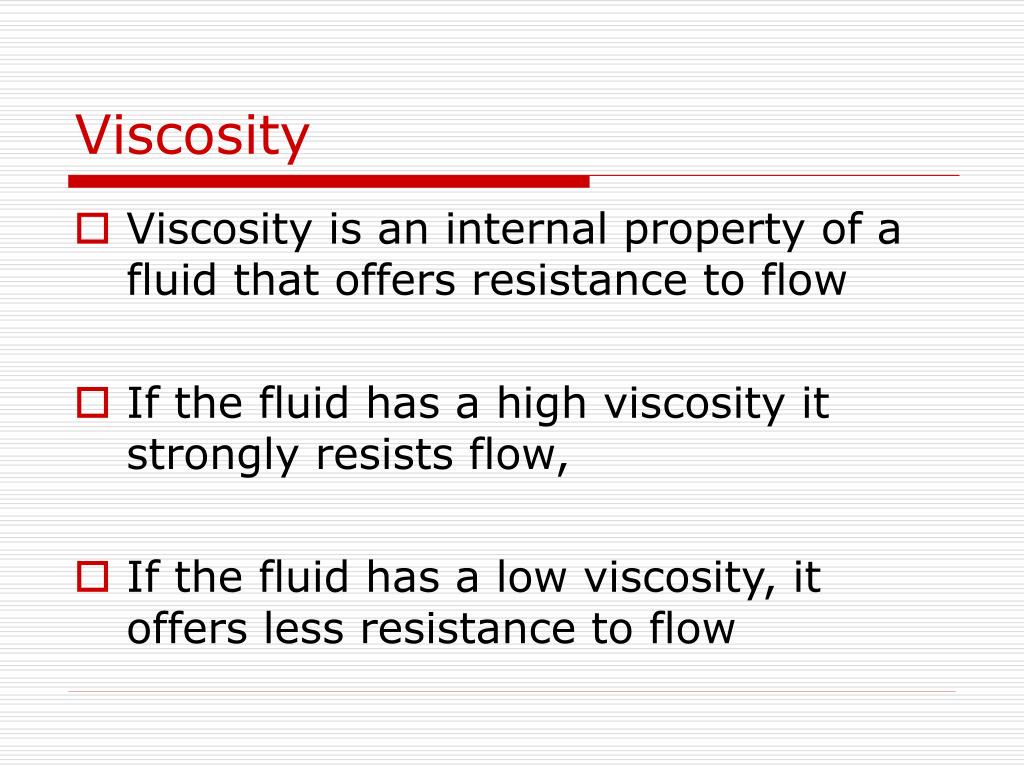

The fluid to be measured is placed between two parallel plates. (credit: “Creativity103”/Flickr)įigure 14.36 shows how viscosity is measured for a fluid. Smoke rises more rapidly when flowing smoothly than after it becomes turbulent, suggesting that turbulence poses more resistance to flow. The smooth flow is called laminar flow, whereas the swirls and eddies typify turbulent flow. In Figure 14.35, the speed of the accelerating smoke reaches the point that it begins to swirl due to the drag between the smoke and the surrounding air.įigure 14.35 Smoke rises smoothly for a while and then begins to form swirls and eddies. The drag between adjacent layers of fluid and between the fluid and its surroundings can form swirls and eddies if the speed is great enough. First, any obstruction or sharp corner, such as in a faucet, creates turbulence by imparting velocities perpendicular to the flow. Turbulence is a fluid flow in which layers mix together via eddies and swirls. There is more interaction, greater heating, and more resistance than in laminar flow. (b) An obstruction in the vessel causes turbulent flow. The speed near the bottom of the flow ( v b v b) is less than speed near the top ( v t v t) because in this case, the surface of the containing vessel is at the bottom. Notice that viscosity causes drag between layers as well as with the fixed surface. When flow is turbulent, the layers mix, and significant velocities occur in directions other than the overall direction of flow.įigure 14.34 (a) Laminar flow occurs in layers without mixing. When flow is laminar, layers flow without mixing. Figure 14.34 shows schematically how laminar and turbulent flow differ. The precise definition of viscosity is based on laminar, or nonturbulent, flow. Juice has low viscosity, whereas syrup has high viscosity. We call this property of fluids viscosity. The difference is fluid friction, both within the fluid itself and between the fluid and its surroundings. But if you pour maple syrup on your pancakes, that liquid flows slowly and sticks to the pitcher. When you pour yourself a glass of juice, the liquid flows freely and quickly. These resistive forces affect the way the fluid flows through the pipe. Friction also occurs between the different layers of fluid. For example, a fluid flowing through a pipe is subject to resistance, a type of friction, between the fluid and the walls. In this section, we introduce the forces of friction that act on fluids in motion. We explained that at low speeds, the drag is proportional to the velocity, whereas at high speeds, drag is proportional to the velocity squared. We also discussed drag and air resistance in that same chapter. Friction depends on the types of materials in contact and is proportional to the normal force. In Applications of Newton’s Laws, which introduced the concept of friction, we saw that an object sliding across the floor with an initial velocity and no applied force comes to rest due to the force of friction. Describe the conditions under which an object has a terminal speed.Use the Reynolds number for a system to determine whether it is laminar or turbulent.Calculate the Reynolds number for an object moving through a fluid.Explain how pressure drops due to resistance.Calculate flow and resistance with Poiseuille's law.


The time it takes for the liquid to travel from Mark 2 to Mark 1 is used to compute the viscosity.By the end of this section, you will be able to: The liquid is then drawn up through the opposite side of the tube.

\) The capillary, submerged in an isothermal bath, is filled until the liquid lies at Mark 3.


 0 kommentar(er)
0 kommentar(er)
